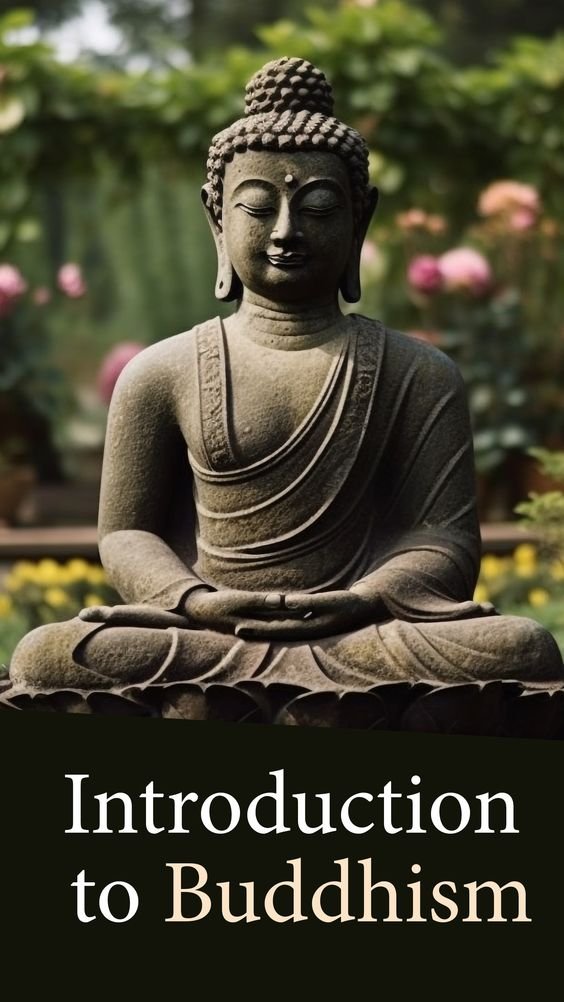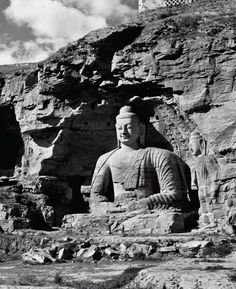Alternate history Buddhism Central Asia 2024
Table of Contents
Alternate history, a genre of speculative fiction that explores the outcomes of historical events had they happened differently, can provide intriguing insights into how our world might have evolved. One fascinating topic within this genre is the spread of Buddhism in Central Asia. In reality, Buddhism spread from India through Central Asia and into China and beyond. However, what if the spread of Buddhism had followed a different trajectory, encountering various cultural and geopolitical circumstances that significantly altered its development and impact in the region?

The Initial Spread and Key Figures
In our timeline, Buddhism began spreading from its birthplace in India during the reign of King Ashoka in the 3rd century BCE. Ashoka’s patronage was pivotal, but in this alternate history, we imagine a scenario where Ashoka was never converted to Buddhism. Instead, a different regional power, such as the Greco-Bactrian Kingdom, adopts Buddhism as its state religion. Under this scenario, the Greek rulers, known for their appreciation of diverse philosophies, could have promoted Buddhism across their vast territories stretching from present-day Afghanistan to parts of Central Asia.
Greek influence would introduce Hellenistic elements into Buddhist art and thought, creating a syncretic culture. Monks might adopt Greek philosophical traditions, merging them with Buddhist teachings. This fusion could lead to a version of Buddhism that emphasizes rationalism and debate, akin to the classical Greek schools of thought, and art featuring Buddha in the style of Greek sculptures. This Greco-Buddhist culture would spread through the Silk Road, reaching Central Asia with a unique blend of Eastern and Western philosophies.
Central Asian Empires and Buddhism
As Buddhism moves into Central Asia, it encounters powerful empires such as the Kushan Empire, which historically played a significant role in the spread of Buddhism. However, in our alternate history, the Kushans might face a stronger Zoroastrian resurgence, leading to religious conflicts. To coexist, Buddhists in Central Asia would need to adapt their practices and teachings to align more closely with Zoroastrian values, perhaps incorporating dualistic elements into their doctrine.
This syncretism would result in a distinct Central Asian form of Buddhism, characterized by its dualistic worldview and ritualistic practices, which might appeal to local populations accustomed to Zoroastrianism. As the religion spreads further north into the steppes, it encounters nomadic tribes who integrate their shamanistic traditions with Buddhist practices, creating yet another unique variation. This version of Buddhism would likely place a greater emphasis on nature, spirits, and the interconnectedness of all life, reflecting the nomadic lifestyle.

Buddhism and the Silk Road
The Silk Road, a crucial network of trade routes, played a significant role in spreading Buddhism historically. In this alternate timeline, Buddhism’s journey along the Silk Road is even more pronounced. With the backing of the Greco-Bactrian rulers, Buddhist merchants and missionaries establish monasteries and learning centers along key trade hubs. These centers not only serve as places of worship but also as schools of thought where East meets West.
In these monasteries, scholars from different cultural backgrounds exchange ideas, leading to an intellectual renaissance. Buddhist teachings on compassion and the impermanence of life influence traders and travelers, gradually altering the socio-political landscape of Central Asia. In return, Buddhism absorbs elements of other belief systems it encounters, resulting in a highly eclectic and dynamic religious landscape. This mutual influence would enrich Buddhist philosophy, making it more accessible and appealing to a diverse population.
Interactions with Islam
By the 7th century, Islam begins to rise as a major religious force in the region. In our alternate history, Buddhism, with its strong presence in Central Asia, faces significant challenges from the expanding Islamic empires. However, rather than being overshadowed or driven out, Buddhism adapts and survives through strategic alliances and cultural exchanges. Buddhist scholars and Muslim theologians engage in dialogues, finding common ground in their ethical teachings and philosophical inquiries.
These interactions lead to a unique fusion where Sufi mysticism and Buddhist meditation practices intertwine. This hybrid spiritual practice would appeal to both Muslims and Buddhists, promoting coexistence and mutual respect. Central Asian cities like Samarkand and Bukhara become centers of this syncretic spiritual tradition, attracting seekers from across the Islamic and Buddhist worlds. This fusion would create a rich cultural tapestry that influences art, literature, and science for centuries.

Modern Implications
Fast forward to the modern era, and the impact of this alternate history of Buddhism in Central Asia is profound. The region, historically a crossroads of cultures and ideas, would have an even more diverse religious landscape. The syncretic traditions developed over centuries might position Central Asia as a unique spiritual center, attracting pilgrims and scholars alike. The continued interplay of Buddhist, Greek, Zoroastrian, and Islamic influences would foster a climate of intellectual and spiritual openness.
In this scenario, Central Asia might become a beacon of interfaith dialogue and cooperation in the contemporary world, showcasing how ancient wisdom can adapt and thrive amidst modern challenges. The region’s universities and monasteries could emerge as leading centers for the study of comparative religion and philosophy, contributing to global efforts for peace and understanding.
Exploring an alternate history where Buddhism’s spread in Central Asia takes a different path reveals the dynamic and transformative potential of cultural and religious exchanges. This speculative journey highlights how history’s course can be shaped by a multitude of factors, from individual choices to geopolitical shifts. In this imagined timeline, Buddhism’s syncretic evolution in Central Asia enriches not only the spiritual lives of its adherents but also the broader cultural and intellectual landscape of the region. Such a narrative underscores the importance of cross-cultural interactions in shaping the world we live in, offering valuable lessons for fostering harmony and understanding in our increasingly interconnected world.

